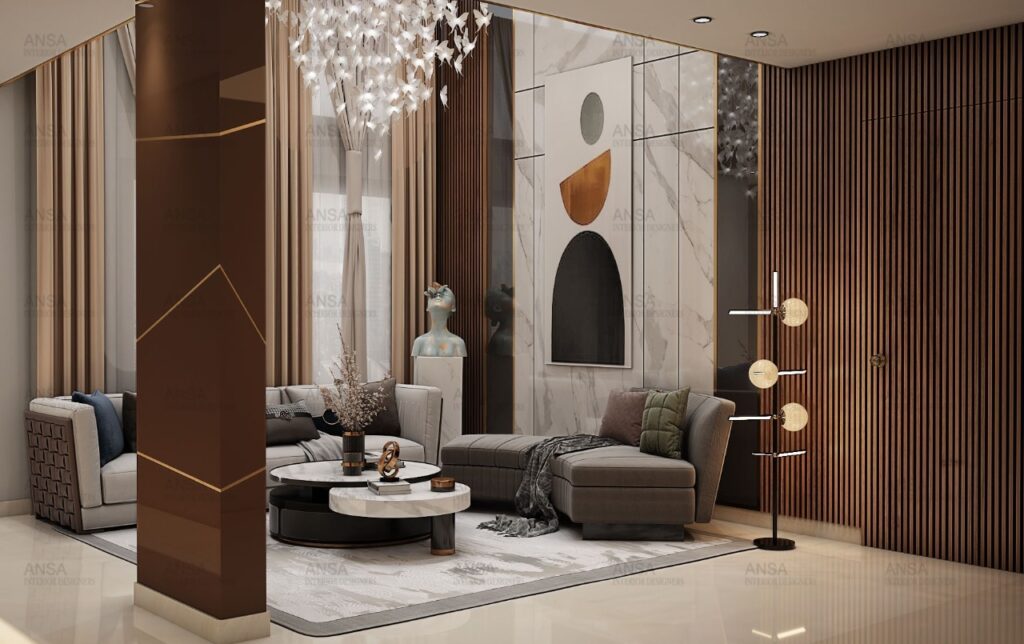
Interior Design Done Right: Lighting Design for Homes
Introduction:
Understanding the Importance of Lighting:
Types of Lighting:
Ambient Lighting: Light from this source provides overall illumination for a room. It can come from overhead fixtures such as chandeliers, recessed lights, or wall sconces. Designers often use dimmers to adjust the intensity allowing for flexibility based on the time of day or activity.
Task Lighting: This type of lighting is focused on specific areas where activities occur such as reading, cooking, or working. Task lighting is vital for ensuring that activities can be performed comfortably and safely.
Accent Lighting: Accent lighting is used to highlight specific features such as artwork, architectural elements, or plants. This can be achieved through spotlights track lighting, or decorative fixtures that add flair to the overall design. Combining these three types creates a layered lighting effect that enhances the aesthetic and functional qualities of a space.
Choosing the Right Fixtures:
Style: The fixtures should complement the overall interior design theme of the home. For a modern look, sleek and minimalistic fixtures work well while more ornate lighting can suit traditional or eclectic styles.
Finish and Color: The material and color of lighting fixtures should coordinate with other elements in the room. Metallic finishes such as brass or matte black can add a contemporary touch while natural materials like wood can bring warmth.

